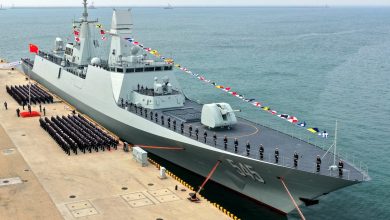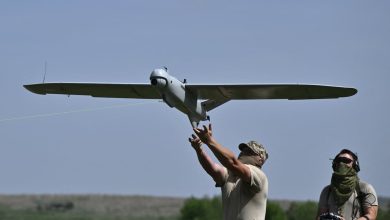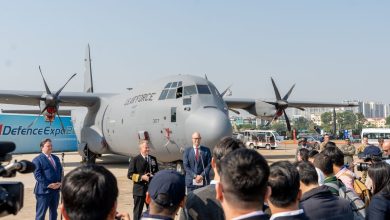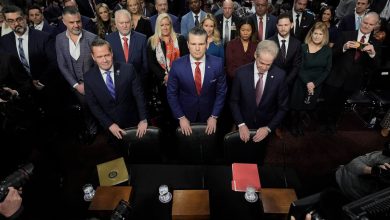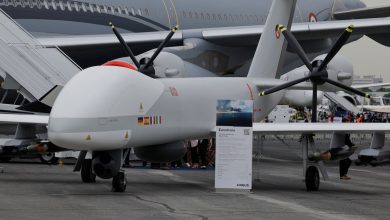Getting more out of US-Australian defense cooperation
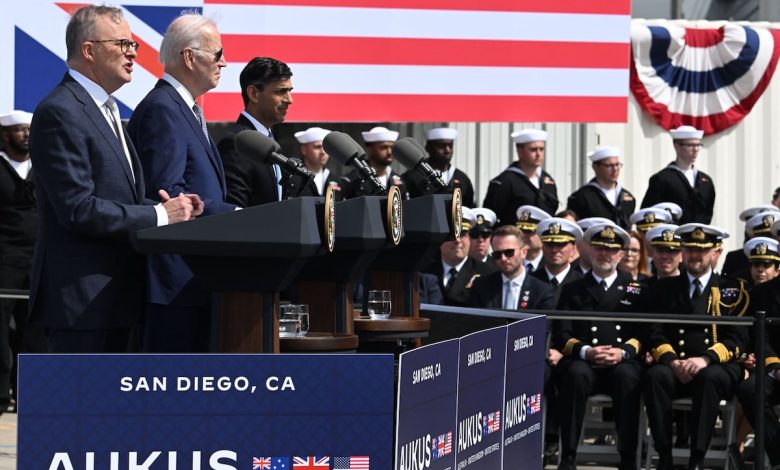
When surveying America’s attempts to upscale its defense ties with Indo-Pacific partners, it’s commonly assumed that the Australia-US relationship is amongst the lowest-hanging fruit. There are good reasons for that view. One is the alliance’s long and deep history, which Australians regularly refer to as the ‘bedrock’ of Canberra’s security policy. Another is the importance Australia has placed on an enhanced U.S. military presence in an era of heightened great power competition. And a third is the AUKUS agreement, which promises to deliver U.S. Virginia-class nuclear submarines to the Royal Australian Navy, as well as deepen collaboration in the development of next-generation defense technologies.
But it would be a grave mistake to think that there are no challenges in deepening U.S.-Australia defense integration. For instance, Canberra and Washington tend to view challenges in the Indo-Pacific through different ends of a strategic telescope. Granted, both see China as the main threat (or ‘pacing challenge’, to use the U.S. term), and both see the main domain to be secured as the maritime one. Yet they differ over where the most likely locus of future conflict might be: the U.S. is focused on Taiwan and potential war on the open oceans; whereas Australia sees the main challenge in terms of thwarting efforts to deny it access to sea lanes of communication and trade.
In other words, the U.S. sees the risk of war in high-end terms, ranging across vast maritime distances; whilst for Australia the primary tasks for its much smaller armed forces are more local, and littoral.
There are also other points of potential disjuncture. Australia does not outsource sovereign decisions about whether or not to go to war, and it has different interests that shape its threat perceptions. Indeed, while there is broad bipartisan agreement about the value of the alliance, this does not automatically translate into an Australian willingness to follow Washington unquestioningly into every conflict. A case in point is Taiwan, where Australian domestic debates offer no consensus on whether defending Taipei is a vital national interest.
Fortunately, there are clear steps both Washington and Canberra can take to better align their mutual defense postures. This is helped by the fact that both nations remain closely aligned in strategic outlook. And, importantly, we see this task as being much easier to accomplish if it is targeted in terms of the specific effects the U.S. and Australia are seeking to generate, rather than through adapting often amorphous terms like ‘integrated deterrence’.
When looking at the desired effects of U.S.-Australian security and defense alignment, three arenas stand out. The first of these is resources, or the capabilities both nations can bring to bear in future crises. Here, while Australia has been rapidly developing the ability to acquire long range strike weapons in order to hold adversaries at risk, it should be acknowledged that Australia will be able to contribute very little extra in terms of the capacity to deter China in the short term.
Even when Australia’s capabilities are enhanced via AUKUS, still at least a decade away, its forces will be far better suited to green-water deterrence. Hence enhancing the ability of U.S. and Australian militaries to conduct joint operations at the land-sea nexus would be an important step towards closer alignment. So too would stronger U.S. support for Australia’s proximity advantage relative to South Pacific island nations, which will continue to be aggressively courted by China via proposed investment and security partnerships. And finally, developing the ability to better respond to Chinese sub-threshold hybrid operations in a maritime context – including by articulating a more convincing regional narrative about the need to uphold international law and strategic stability – would better anchor joint Australian and U.S. maritime operations, especially in the South China Sea.
RELATED
A second arena Australia and the U.S. should devote attention to concerns relationships with other regional players. Of course, there are obstacles to region-wide balancing: India, for instance, is less interested in countering Chinese power in East Asia than in continental South Asia and in the Indian Ocean; and many ASEAN states see China as crucial to their future prosperity.
Yet there are opportunities in promoting ‘spoke-to-spoke’ cooperation between U.S. bilateral security partners. Most notably these are with Japan and the ROK, both of which have been gradually coming around to the idea that investing in the maintenance of regional security order makes sense. Here, deepening Japan-Australia strategic alignment through scenario planning, intensifying ROK participation in Australian-hosted military exercises, and enhancing cooperation via loose minilateral arrangements like the AP4 would be steps in the right direction. But so too would be more effort to bolster Australia-Indonesia ties in a way that is mindful of Jakarta’s preferences for non-alignment, but nonetheless seeks to establish agreements over future contingencies in which Indonesia (and possibly Brunei too) might permit the transit, overflight and resupply of Australian and U.S. military assets.
Finally, the U.S. and Australia should seek to build resilience in regional order. This might incorporate a number of initiatives: a more catholic approach to intelligence sharing with selected partners; cooperation on high-end technology (especially on AI) with advanced nations like Singapore; crafting norms of behavior in maritime, space, and cyber domains; and more coherently pushing back on disinformation efforts around AUKUS and U.S. alliances more generally, which are currently going largely unchallenged.
Taken together, these three suites of cooperation will help Australia and the U.S. better align their defense policies to produce important effects. They will make better use of each partner’s specific capabilities; leverage regional relationships more effectively; and help underpin a security order that is more resilient to external pressure. More importantly, they represent a logical evolution in a close defense and security relationship that is intertwined, but driven by considerations that are naturally not identical.
Matthew Sussex is an associate professor (adjunct) at the Griffith Asia Institute, Griffith University; a fellow at the Institute for Regional Security (IFRS); visiting fellow at the Strategic and Defence Studies Centre, Australian National University (ANU); and a visiting fellow at the Centre for European Studies, ANU. He has previously been a senior fellow at the Australian Defence College; and an associate professor and academic director at the National Security College, ANU.
Peter Tesch was deputy secretary for strategy, policy, and industry in Australia’s Department of Defence from 2019 to 2022. During his thirty-two-year career in the Department of Foreign Affairs and Trade, he was ambassador to the Russian Federation (2016–19), ambassador to Germany (2009–13), and head of the International Security Division (2014–15). He also served as deputy permanent representative to the United Nations, New York (2002–05).
Read the full article here


